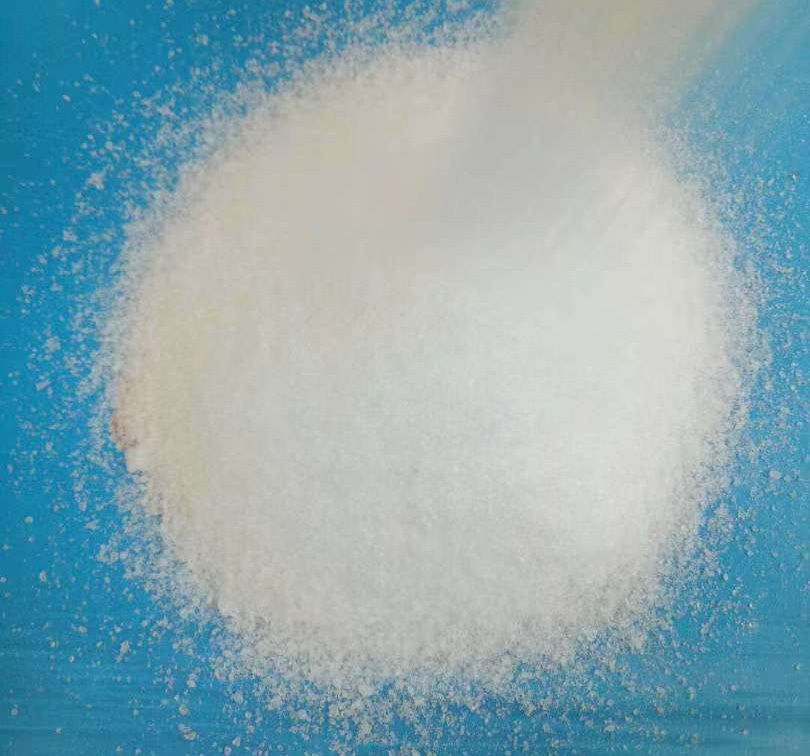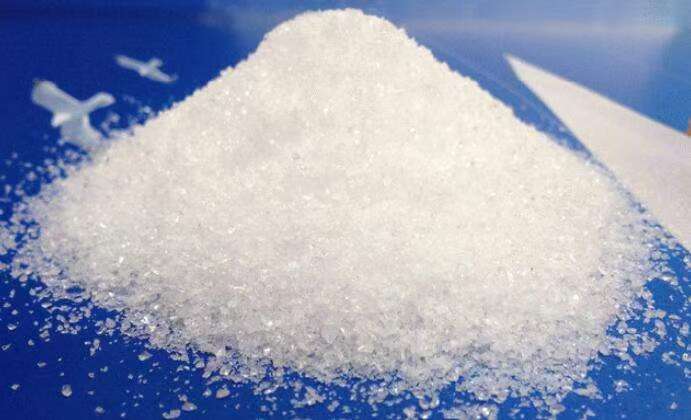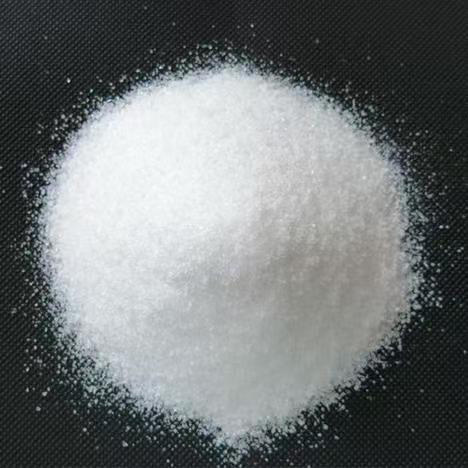




Share to
Cationic polyacrylamide (CPAM)
Still deciding? Get samples first, Contact US !
View similar products
Seo
- Product description
-
Cationic polyacrylamide (CPAM) is a linear polymer compound that, due to its various active functional groups, can form hydrogen bonds by affinity and adsorption with many substances. Mainly used for flocculation of negatively charged colloids, it has functions such as turbidity removal, decolorization, adsorption, and adhesion. It is suitable for the treatment of wastewater with high organic colloid content in industries such as dyeing, papermaking, food, construction, metallurgy, mineral processing, coal powder, oil fields, aquatic processing, and fermentation. It is particularly suitable for the dewatering treatment of urban sewage, urban sludge, papermaking sludge, and other industrial sludge.
In the realm of industrial chemicals, cationic polyacrylamide has emerged as a best - in - class product. Cationic polyacrylamide, known for its newest and advanced properties, is making waves in various industries.
Manufactured by quality - driven manufacturers in China, these cationic polyacrylamide products are of the highest standard. Chinese manufacturers have been constantly striving to produce the most durable cationic polyacrylamide. These products are not only famous for their effectiveness but also for their classy performance.
One of the key aspects of cationic polyacrylamide is its versatility. It can be customized to meet the specific needs of different applications. Whether it is in wastewater treatment, paper making, or mining, customized cationic polyacrylamide can play a crucial role.
When it comes to choosing a cationic polyacrylamide supplier, companies can find reliable options in China. There are many China - based manufacturers and suppliers who offer competitive price quotations. These suppliers are known for their quality products and efficient service.
The advanced manufacturing techniques used by Chinese manufacturers ensure that the cationic polyacrylamide produced is of the best quality. Moreover, with the "Made in China" label, customers can be assured of a product that has passed strict quality controls.
Exporters of cationic polyacrylamide from China are also making their mark in the international market. They are providing high - quality products to global customers at reasonable prices. The source of these excellent cationic polyacrylamide products - Chinese manufacturers - is becoming increasingly recognized for their innovation and reliability.
In conclusion, if you are looking for a high - quality, advanced, and durable cationic polyacrylamide, considering products from Chinese manufacturers or suppliers is a wise choice. With their ability to customize, competitive prices, and reliable quality, they are well - positioned to meet the diverse needs of industries around the world.
Introduce
Cationic polyacrylamide can be divided into solid particles and lotion according to different forms. At present, solid particles are the most widely used in the market, while cationic polyacrylamide lotion is less used in the market as a new form product.
※ English name: cationic polyacrylamides
※ Appearance: White particles
※ Solid content: ≥ 88%
※ Molecular weight: 8-12 million
※ Water insoluble substances: ≤ 2%
※ Residual units: ≤ 0.1%
※ Cation concentration: 10-70%
※ Dissolution time: ≤ 60 minutes
Characteristic
1. Good water solubility and can completely dissolve in cold water. Cationic polyacrylamide
2. Adding a small amount of cationic polyacrylamide product can achieve great flocculation effect. Generally, only 0.01-10ppm (0.01-10g/m3) needs to be added to fully exert its effect.
3. Simultaneously using cationic polyacrylamide products and inorganic coagulants (such as polymeric ferric sulfate, polymeric aluminum chloride, iron salts, etc.) can demonstrate greater effectiveness.
4. The degree of hydrolysis of polyacrylamide refers to the ability of weak ions in polyacrylamide solution to combine with water to form weak bases or weak acids, or the strength of weak acids and weak bases in polyacrylamide aqueous solution. For strong acids and bases, the higher the ionization degree, the stronger the acidity or alkalinity, and the weaker their hydrolysis degree. For some soluble polyacrylamides, the higher the ionization degree, the more ions are ionized, and their hydrolysis degree is weaker. Generally, those with high ionization degree have weaker hydrolysis degree, while those with low ionization degree have higher hydrolysis degree.
Usage Guide
1) Polyacrylamide is an organic polymer compound that can be divided into anionic polyacrylamide, cationic polyacrylamide, and nonionic polyacrylamide. It is a white powder or particle that is soluble in water but has a slow dissolution rate;
2) Anionic polyacrylamide is generally used as a flocculant for wastewater treatment, while cationic polyacrylamide is generally used for sludge dewatering;
3) When used as a flocculant, the dosage is generally 1-2ppm, which means that the dosage for treating 1 ton of wastewater is about 1-2g;
4) When used, anionic type is generally prepared as an aqueous solution of about 0.1%, while cationic type can be prepared as 0.1% -0.5%;
5) When preparing the solution, water should be added to the dissolution tank first, then the mixer should be turned on, and PAM should be slowly added along the vortex. PAM cannot be quickly added at once, otherwise it will clump and form "fish eyes" that cannot be dissolved;
6) After adding PAM, it is generally necessary to continue stirring for more than 30 minutes to ensure its complete dissolution;
7) Dissolved PAM should be used as soon as possible. Anionic polyacrylamide should generally not exceed 36 hours, while cationic polyacrylamide is easily hydrolyzed after dissolution and should be used within 24 hours.
Technical Parameter
Product name
Cationic polyacrylamide
Abbreviation
CPAM
Retail price
From 16 yuan/kg
Minimum batch
≥1kg
Specification
25KG/bag
Solids content
≥88%-90%
Appearance
Fine powder
Molecular formula
[CH2CH(CONH2)]m-[(CH2CH)COO-CH2CH2N+(CH3)3CL]n
Chemical formula
C3m+8nH5m+16nOm+nO-nNmN+nCLn
Processing customization
be
Mesh
Granule type (20-40 mesh) Fine powder type (40-60 mesh)
Packaging materials
Kraft paper bags are lined with plastic bags
Shipping method
Customer requirements
Technical Index
Appearance
Molecular weight
Ionic degree
Water insoluble
Solids content
Granularity
Dissolution time
Remnant units
White or yellowish particles
300-1200
(adjustable)10-60%
(adjustable)≤0.02%
≥88%
1.0mm ≤5%
0.2mm ≤5%≤ 60 minutes
≤0.1%
Cationic polyacrylamide (CPAM)
Still deciding? Get samples first, Contact US !
Products Category
Seo
Inquire Now
Note:There is a discount for retaining funds today, Please leave your email address, our professionals will contact you as soon as possible!










